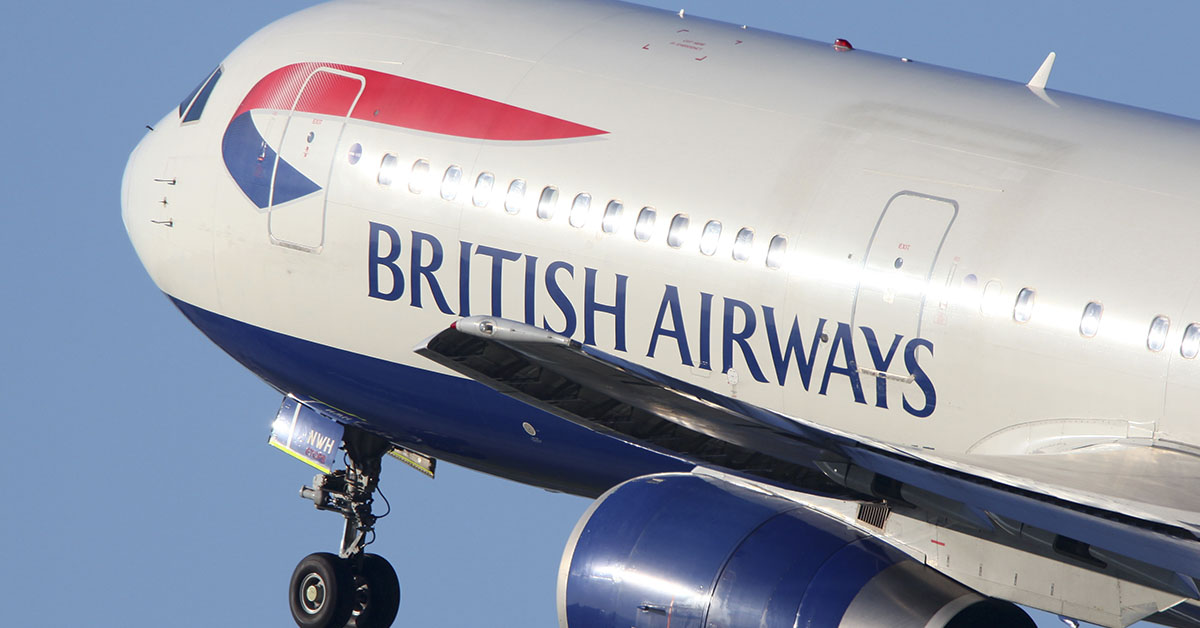Fear of flying is a common phobia. In fact, it’s so common that before a flight many people are prescribed medication, or accompanied by their support animals, if not both. On the other hand, there are people so courageous they’ve chosen flying as a career. Be it the pilot or the flight attendant, many hours a day are spent braving the skies. While we all hope that nothing bad ever happens, and they often don’t, planes do still occasionally have technical difficulties. One pilot, by the name of Tim Lancaster, found this out and experienced what would be a nightmare for anyone.
Timothy Lancaster was piloting a commercial flight from Birmingham, England to Malaga, Spain. Not long into the flight, passengers heard a loud boom come from the cockpit. Rightfully so, passengers were in a panic and flight attendants had to work hard to reassure everyone that all was ok. While everything appeared to be ok in the cabin, things were much different in the cockpit.
Prior to the “explosion” heard by passengers, the pilots had loosened their belts and shoulder harnesses and put the plane on autopilot, preparing for what should have been a smooth flight. Unfortunately an unexpected mechanical error was soon to occur. About half an hour into the flight two of the six windows in the cockpit shattered. The plane had only gone as far as Oxfordshire when this disturbing event took place. Timothy Lancaster was thrown out of his seat and sucked out one of the shattered windows.
The Story as Told by the Hero.
Nigel Ogden, a flight attendant on that flight, was actively involved in trying to pull Timothy Lancaster back to safety. Unfortunately, the force of wind and high altitude made that an impossible feat and all they could do was hold on tight to Timothy Lancaster and hope they could safely land before he flew out the window entirely. Nigel rushed to the window just in time to prevent Timothy from flying away as his body soared through the cockpit and out the window. Nigel said he was nearly knocked to the ground as the cockpit door flung off its hinges.
He shared his experience in an interview with Sydney Morning Herald stating exactly what happened as he recalled it, “I whipped round and saw the front windscreen had disappeared and Tim, the pilot, was going out through it – he had been sucked out of his seatbelt and all I could see were his legs. I jumped over the control column and grabbed him round his waist to avoid him going out completely. His legs were jammed forward, disconnecting the autopilot, and the flight door was resting on the controls, sending the plane hurtling down at nearly 650kmh through some of the most congested skies in the world. I thought I was going to lose him, but he ended up bent in a U-shape around the windows. Timothy Lancaster’s face was banging against the window with blood coming out of his nose and the side of his head, his arms were flailing and seemed about 6 feet long. Most terrifyingly, his eyes were wide open. I’ll never forget that sight as long as I live.“
The Moments Just Before Landing.
In the moments that followed Ogden began slipping out of the window as well so more crew members came to aid. John Heward, another flight attendant, rushed into the cockpit and grabbed Ogden by the belt. Another flight attendant strapped himself into the pilot’s chair and acted as an anchor for the chain of people now fighting the force of the altitude to ensure everyone’s safety. In those moments, the autopilot had disengaged so the plane was rapidly descending.
The flight deck door had been blown inwards onto the control panel, causing the craft to accelerate as it descended. Alistair Atchinson, co-pilot for that flight, was able to take over the control panel and override the autopilot mode. The aircraft eventually landed at Southampton Airport and was met by emergency services. The plane landed successfully and there were no injuries to passengers.
The flight attendant suffered some mild bruising and frostbite. Unsurprisingly, Timothy Lancaster had sustained slightly more serious injuries, although he managed to live through the experience, which in itself is pretty astounding. He had bone fractures in his right arm and wrist, a broken left thumb, bruising, frostbite and, understandably, shock.
How Did This Happen?
A maintenance manager of mechanics had done some work on the plane to prepare for its upcoming scheduled flight. There was a list of maintenance jobs that needed to be done in order for the plane to be ready for flight. The mechanic, who hadn’t changed a windscreen in about two years, saw that the windows needed replacing so he glanced at the maintenance manual to help “refresh his memory” before setting to work, according to the Air Accidents Investigations Branch official report into the incident. Only a few bolts, in that area, were the correct size so he had to go to another area to find the rest.
The maintenance he’d been doing occurred in the middle of the night so there was limited light in the carousel where the rest of the bolts were kept. He compared the bolts by sight rather than reading the labels. This resulted in him fitting bolts that were a size down from what they should have been. The bolts were not strong enough to hold the window in place at such a high altitude and therefore shattered from the pressure change due to altitude.
Despite the fact that this event could have been prevented had the mechanic been more diligent, thankfully no one lost their lives. The passengers all made it safely to their destination after boarding a new plane and Timothy Lancaster sustained injuries from which he would eventually recover. This event took place over 40 years ago and safety measures have come a long way since. It’s likely safe to assume that mechanics are more diligent and have to follow much more rigid safety protocols these days.

